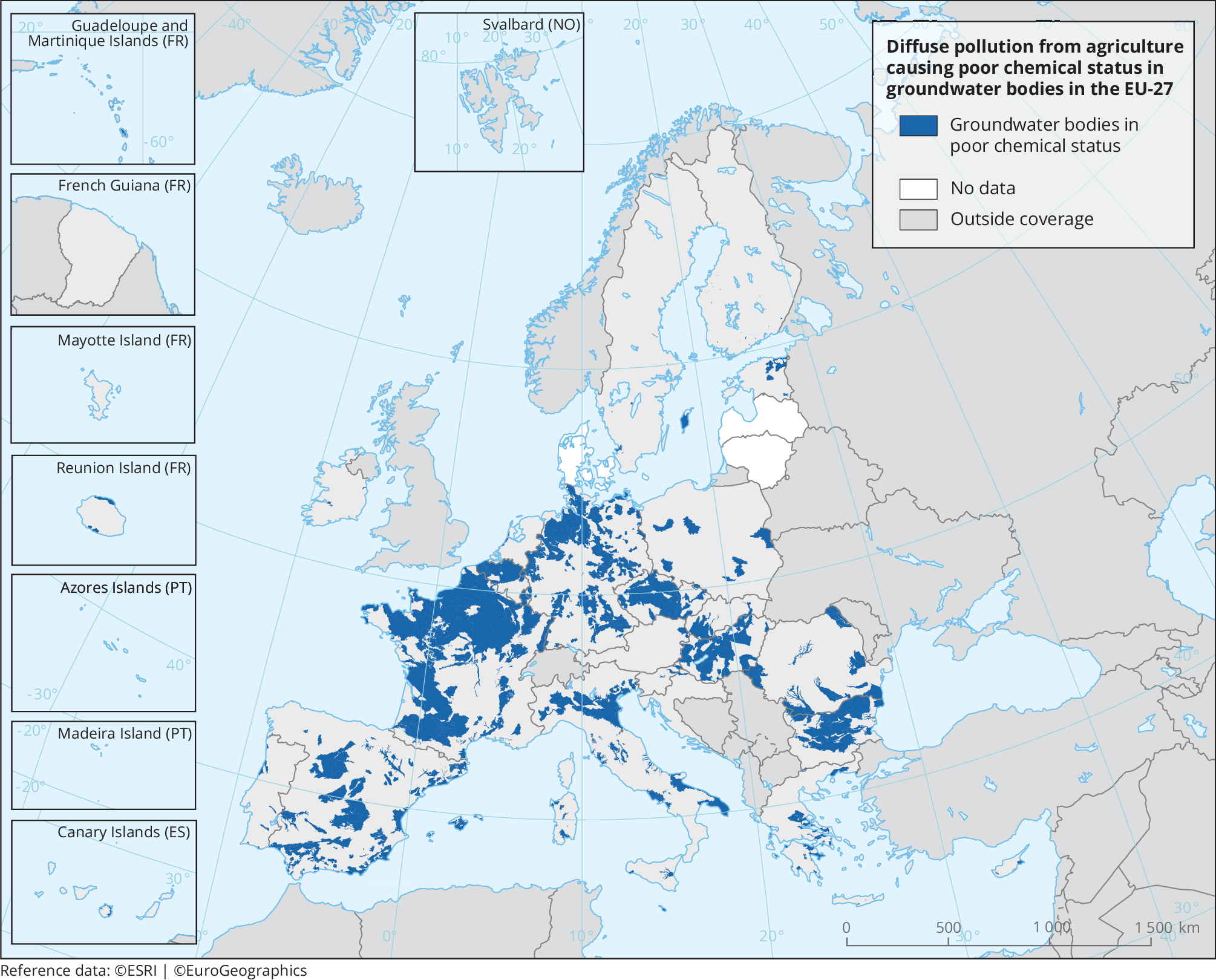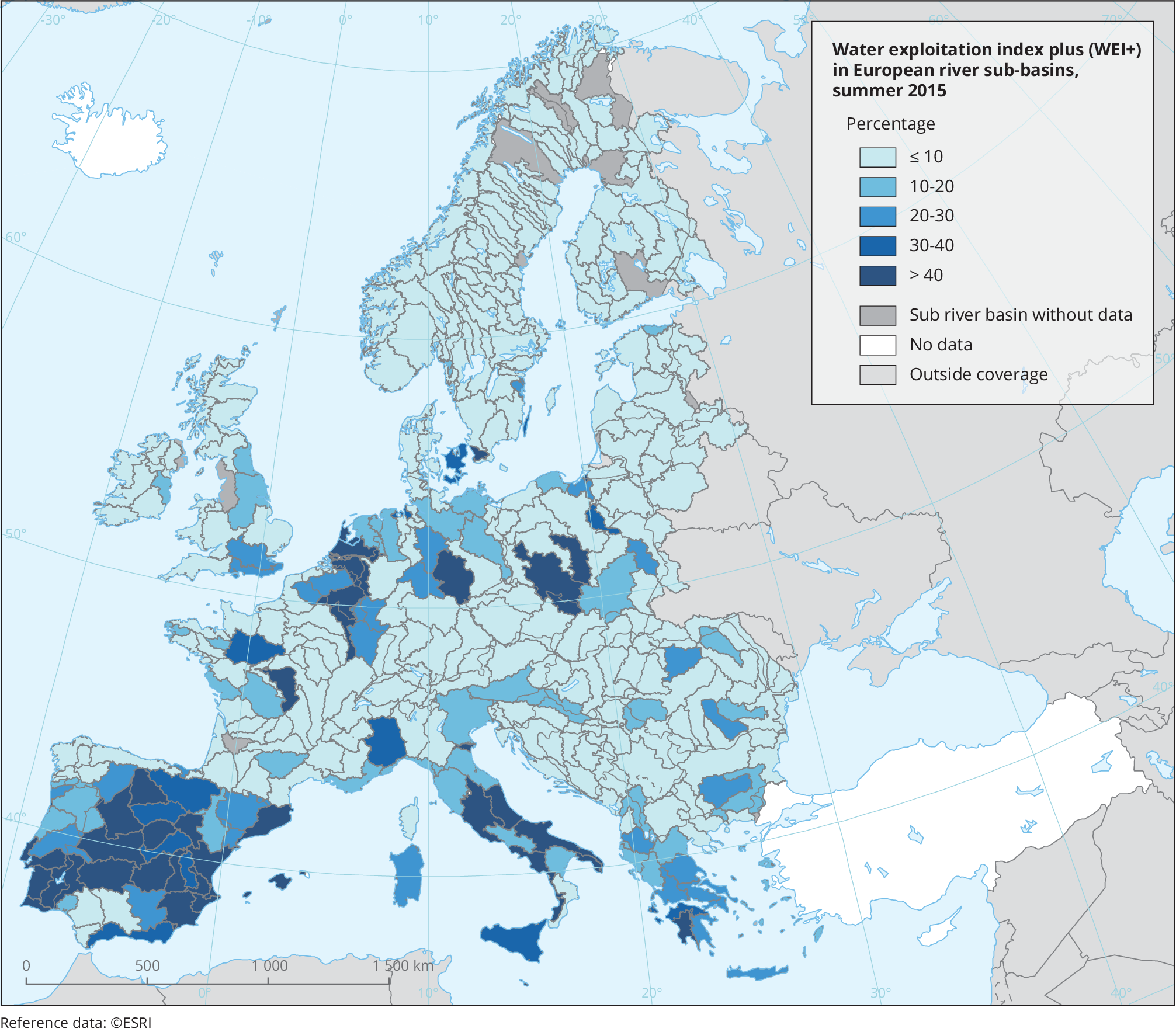Cantor, A., Owen, D., Harter, D., Nylen, G. and Kiparsky, M., 2018, Navigating groundwater-surface water interactions under the Sustainable Groundwater Management Act, Center for Law, Energy & the Environment, UC Berkley School of Law, Berkley, CA.
EC, 1991, Council Directive 91/271/EEC of 21 May 1991 concerning urban waste-water treatment.
EC, 2000, Directive 2000/60/EC of the European Parliament and of the Council of 23 October 2000 establishing a framework for Community action in the field of water policy, 2000/60., 2000/60.
EC, 2006, Communication from the Commission to the European Parliament, the Council, the European Economic and Social Committee and the Committee of the Regions Thematic Strategy for Soil Protection [SEC(2006)620] [SEC(2006)1165] /* COM/2006/0231 final */
EC, 2019, Communication from the Commission to the European Parliament, the European Council, the Council, the European Economic and Social Committee and the Committee of the Regions ‘The European Green Deal’, COM(2019) 640 final.
EC, 2020a, Communication from the Commission to the European Parliament, the Council, the European Economic and Social Committee and the Committee of the Regions A Farm to Fork Strategy for a fair, healthy and environmentally-friendly food system COM/2020/381 final, 2020/381.
EC, 2020b, Communication from the Commission to the European Parliament, the Council, the European Economic and Social Committee and the Committee of the Regions EU Biodiversity Strategy for 2030 Bringing nature back into our lives COM/2020/380 final, 2020/380.
EC, 2021a, Communication from the Commission to the European Parliament, the Council, the European Economic and Social Committee and the Committee of the Regions Forging a climate-resilient Europe - the new EU Strategy on Adaptation to Climate Change COM/2021/82 final, 2021/82.
EC, 2021b, Communication from the Commission to the European Parliament, the Council, the European Economic and Social Committee and the Committee of the Regions Pathway to a Healthy Planet for All EU Action Plan: ‘Towards Zero Pollution for Air, Water and Soil’ COM/2021/400 final, 2021/400.
EEA, 2018, European waters: Assessment of status and pressures 2018, EEA Report, 7/2018, European Environment Agency.
EEA, 2020, 'WISE Water Framework Directive database', European Environment Agency (https://www.eea.europa.eu/data-and-maps/data/wise-wfd-4) accessed January 13, 2021.
EEA, 2021, Water resources across Europe — Confronting water stress: An updated assessment, EEA Report, 12/2021, European Environment Agency.
EU, 2014, Commission Directive 2014/80/EU of 20 June 2014 amending Annex II to Directive 2006/118/EC of the European Parliament and of the Council on the protection of groundwater against pollution and deterioration, OJ L 182, 21.6.2014, p. 52-55.
Psomas, A., Bariamis, G., Rouillard, J., Stein, U. and Roy, S., 2021, Study of the impacts of pressures on groundwater in Europe: Analysis of groundwater associated aquatic ecosystems (GWAAEs) and groundwater dependent terrestrial ecosystems (GWDTEs), Service Contract, 3415/B2020/EEA.58185, European Environment Agency.
Psomas, A., Bariamis, G., Roy, S., Rouillard, J. and Stein, U., 2021, Comparative study on quantitative and chemical status of groundwater bodies: Study of the impacts of pressures on groundwater in Europe, Service Contract, 3415/B2020/EEA.58185, European Environment Agency.


Document Actions
Share with others